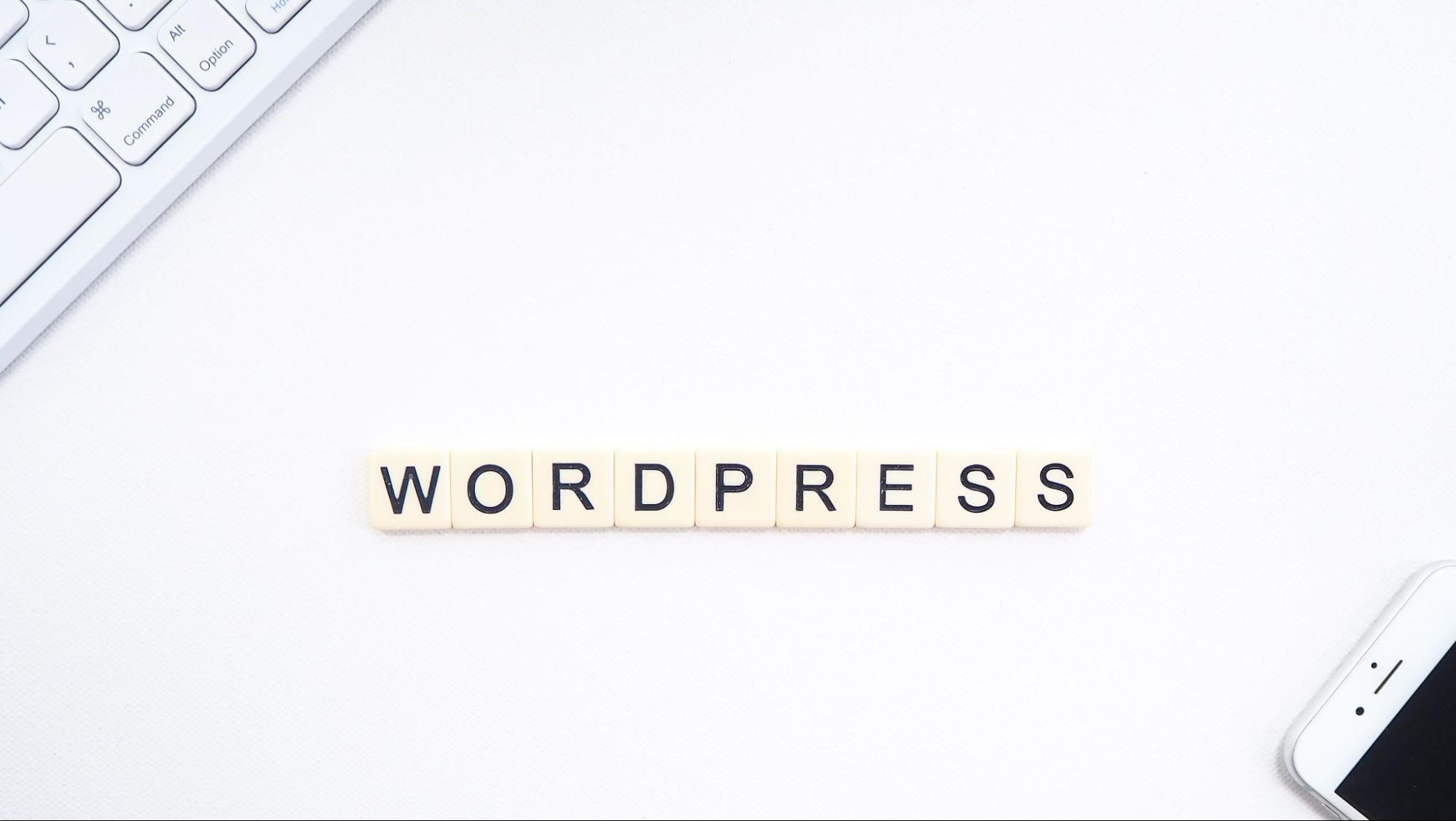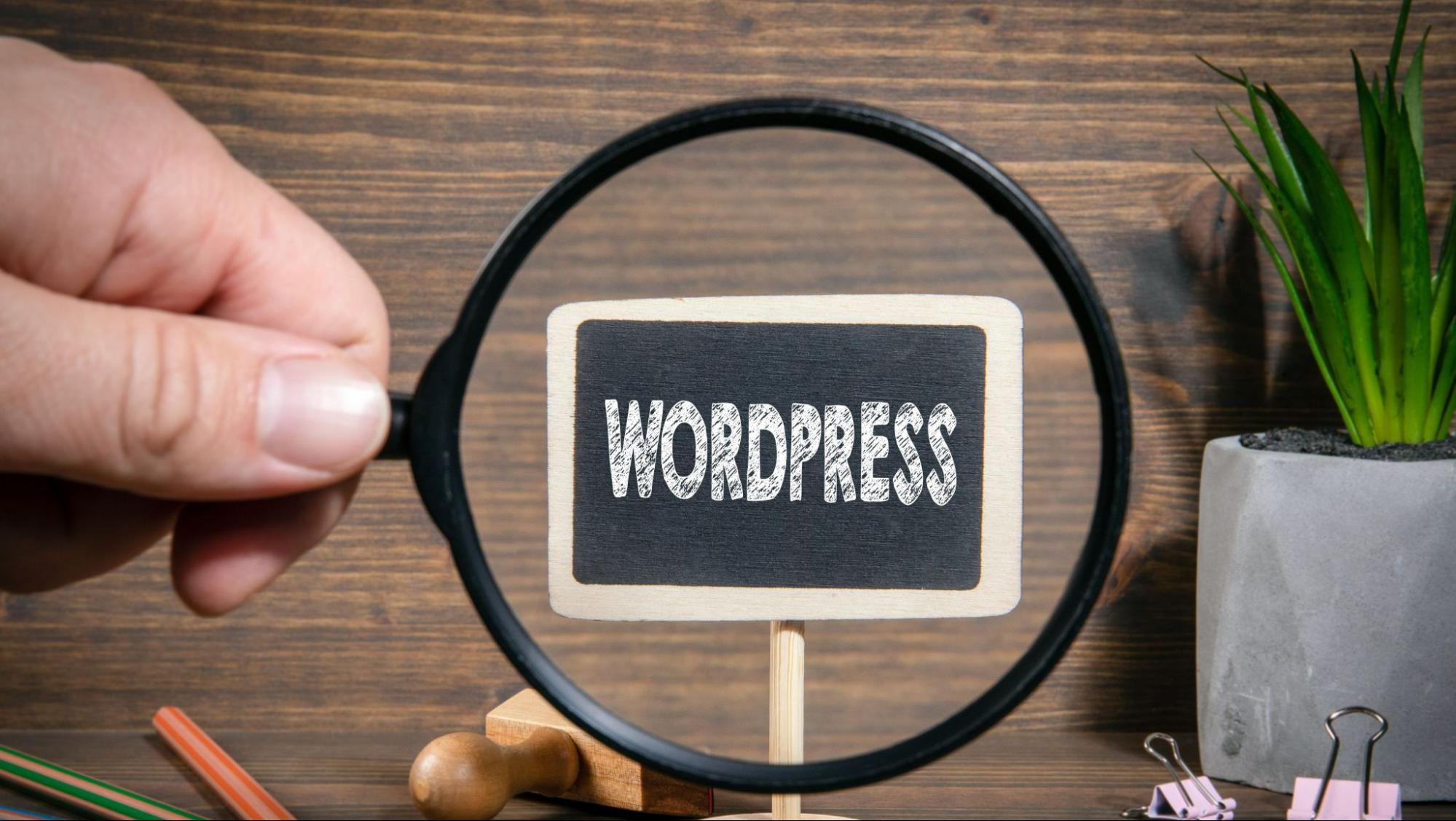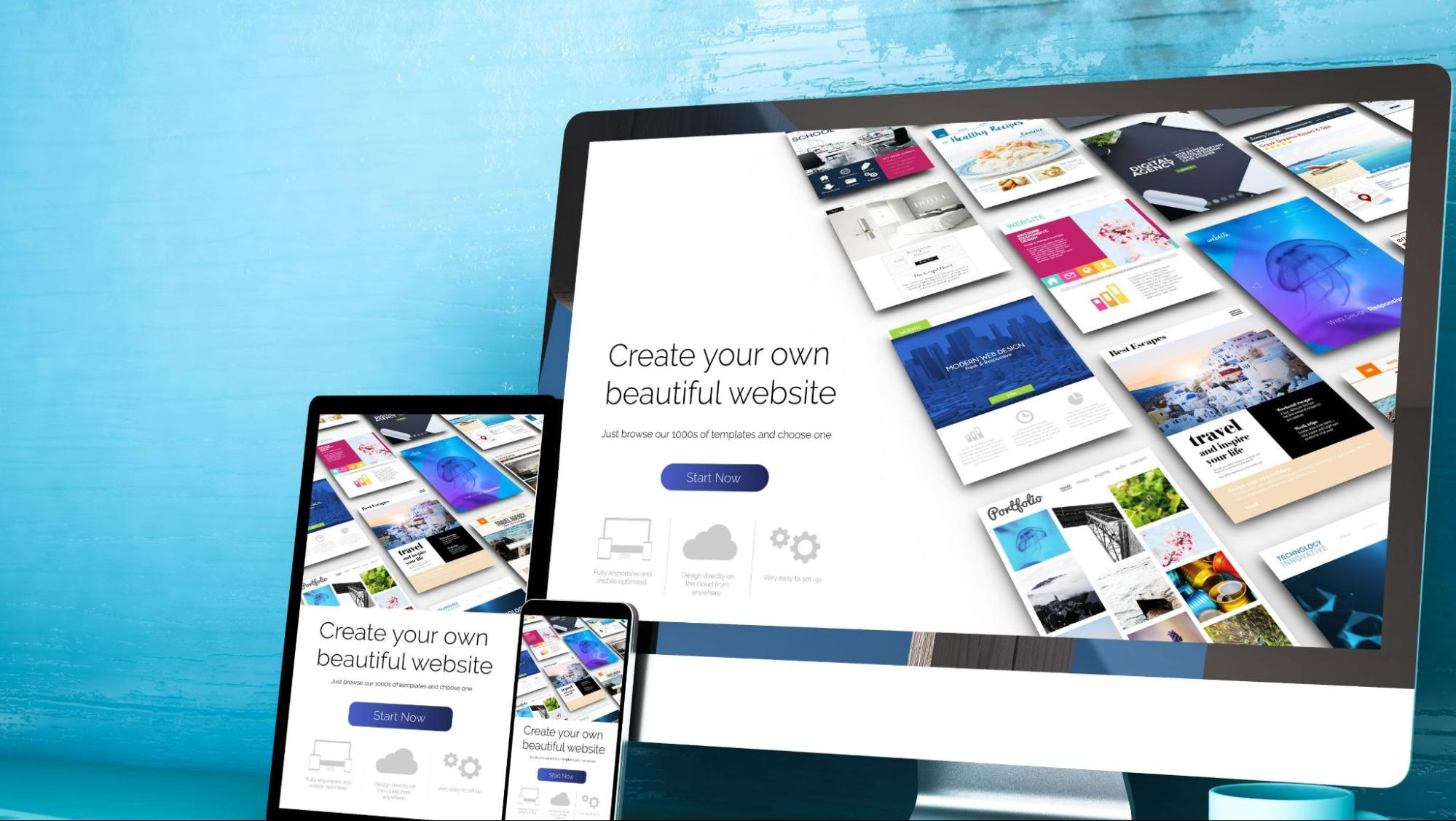
WordPress has been the answer for any business website creation and management need for some time. In fact, as WordPress still occupies a percentage of the market today, content management systems are no longer fixed in place like they used to be, and more and more companies seek to migrate from WordPress to a headless CMS for better flexibility, better scalability, and better integration of content and engagement across platforms. Storyblok is one of the best when it comes to headless CMS. Therefore, with such a resource available and a forward-thinking content strategy to support it, your company will only expand. Transitioning from a traditional CMS to a headless CMS like Storyblok will generate a whole new mindset about content.
Why Switch from WordPress to Headless CMS?
WordPress has long been in a sort of box. This approach whereby content creation, management, and presentation occur all at once in a seamless transaction has been great for businesses. But as WordPress gets boxed in, it becomes inflexible; when it comes to performance, it’s increasingly complicated to scale with businesses’ growth and an increasingly demanding consumer. As digital accessibility increases from mobile applications and IoT devices to smart speakers and everything yet to be invented WordPress may no longer deliver the superior experience.
What are the content delivery and management alternatives now available when companies choose to migrate from WordPress to a headless CMS? A headless CMS is a content management system that decouples the backend from the frontend. A traditional CMS both creates/stores content and delivers it to the end user but a headless system unbundles the process and allows for much more through API integration, allowing the creator to send content to whatever site/platform is needed. A headless CMS can send content to a website, an app, a digital kiosk, etc. wherever it needs to go and in the right configuration and functionality. This decoupling provides the ability to scale and flexible options that modern businesses require to shift easily based on evolving consumer needs.
For example, a clothing business that is growing as an enterprise has more challenging content to update; a decoupled CMS allows the business to effortlessly revamp its website, app, and electronic storefront kiosks from one backend. This capability fosters brand consistency across modalities and avoids the unnecessary time and effort it would take to maintain separate front ends and back ends. Think of a retailer who has a flash sale. They need to change their website across the board. With WordPress and a standard CMS, the marketing team has to change the website, then get the developers for app changes and possibly even the social media team to make sure there’s not a different message on yet another platform. But with a headless CMS, all of these changes can happen simultaneously, and the second they’re finished, it fills in everywhere.
With WordPress, there is bound to be a slight lag time or slight discrepancies between platforms; such seamless operation is not possible. As content delivery across channels becomes an increasingly important differentiator in oversaturated industries, brands’ operating ventures will be future-proof as long as they implement a headless CMS to have the tools to create and innovate without the limitations of a traditional CMS. A headless CMS solution is not merely an upgrade from the past, it’s a solution that prepares brands for their daily operating ventures and customer interfacing efforts to foster instantaneous and lasting demands of a digitally engaged consumer marketplace.
Enhanced Performance and Flexibility
Perhaps the biggest advantage of switching from WordPress to a headless CMS is the enhanced speed and efficiency companies would be able to gain. For example, WordPress sites are very scalable with themes and plugins which is an easily customizable approach for many small business owners but adding all this functionality increases a site’s heft, rendering slower load times and lag susceptibility for security breaches. Lags are annoying to users and prevent them from ever getting stuck on a site and converting. But with a headless CMS, it’s different. This type of site utilizes APIs to send only pertinent, needed information to frontends in a much more efficient manner.
This API opportunity delivery system eliminates concerns of unnecessary coding and functionality to forge reduced load times and an ideal experience for the end user. When it comes to expected functionality by end users, site loading speed is one of the most widespread; if a site does not load in a millisecond, there’s a high bounce rate, and users leave the site/app. This engagement rate suffers from sales and branding. When users get frustrated they cannot access a product or service quickly, they might question the brand’s integrity and quality. Furthermore, Google’s algorithms punish sites with slow loading times, leading to more challenges with domain authority and organic traffic. This is revolutionary for developers. An average WordPress site works with the WordPress frontend framework, so there’s no way to connect anything beyond what WordPress would facilitate.
Yet with a headless CMS, developers work on a different playing field with more robust frontend frameworks like React, Vue, Next.js, etc. In other words, anything that developers require for aesthetics or functionality as a dynamic, engaging UX can be created and hosted externally. Developers are no longer limited to what a traditional CMS would offer or restrict. A location where this type of flexibility would be valuable, for example, would be in the media. A media company could operate its headless CMS that manages its quick turnover SEO-based website and then fuels its app for on-the-go breaking news. Therefore, the same article or the same video can be sent to both interfaces within seconds, giving everyone the same information simultaneously.
The capability to send content from one back end to multiple front ends streamlines operation and ensures uniformity across digital offerings. Such flexibility is necessary for organizations to stay ahead of the constantly changing digital world. However, as the need for cross-generational expectations arises, organizations need new solutions to empower them to sustain great experiences while quickly shifting to market demands. Such a transfer from WordPress to a headless CMS provides time-saving efficiency. A headless CMS’s flexibility, personalization, and scalability keep organizations on their toes in a constantly changing market.
Why Choose Storyblok for Your Transition?
While researching potential headless CMS content management systems, Storyblok was ranked number one among various contenders. This isn’t a CMS that frequently comes along with such innovative ease of use and such integrated sophisticated components. Storyblok is designed for developers and content creators with commendable ease of use and integrations that would please any business looking to transform its approach to information management. Storyblok is the ideal selection for anyone migrating from more traditional content management systems like WordPress because of its content modularity, visual editor capabilities, and straightforward API integrations. Perhaps the greatest benefit of Storyblok is its modular content.
The option to create customizable content modules banners, forms, product displays, etc. as components that can be used repeatedly makes it ridiculously simple for a company to create one piece of content and use it across multiple avenues with slight adjustments here and there for optimal function. This saves time and allows for consistency across avenues (which is crucial for brand integrity) while giving companies the chance to adjust to the ever-changing needs of the marketplace without having to reinvent the wheel every time. Storyblok is software that grows with you. Another instance of Storyblok being designed for the end user not the developer is its intuitive visual editor. Generally, with any CMS, a developer has to be consulted for any minor changes because the backend is primarily code related to the different sections.
Yet with Storyblok, a marketer can access the visual editor to edit copy/content in the moment and make adjustments to see how things appear on the front end across devices. This saves so much time from back and forth after changes are made not to mention the errors that could set back a campaign. For developers, few things are as powerful and freeing as working inside a decoupled environment. Since Storyblok is headless, its back end and front end are independent of each other. Developers are free to use any of the latest frameworks React, Vue, Next.js and create a custom, highly functional, SEO-friendly front end that achieves the specified business objectives. Technical teams no longer have to compromise on their ideal UX for fear of being held back by a legacy CMS. Additionally, with Storyblok, there’s a partnership between marketing and development. Each aspect can work independently and not step on one another’s toes.
Ultimately, each team relies on the other for completed projects and deadlines. The development team can implement visual components on websites and portals and tech additions without worrying that they are interfering with the marketing team’s ability to write persuasive copy and launch campaign-based, project-driven, content-focused releases and vice versa. Ultimately, this kind of partnership suggests reduced workflow traffic jams, increased efficiency, and potential expansion for digital projects.
Utilizing Storyblok’s advantages will render companies increasingly effective, increasingly agile, and increasingly inventive in terms of their online presence. The capacity to run a campaign from literally the other side of the world to plug in potential with the next revolutionary SaaS package to the integration of customizable powers means that Storyblok has everything a company could need to succeed in a digital domain that regularly changes. Such an approach allows a company not only to succeed at present but also to be poised for success with future needs.
Conclusion
With the continued exponential growth of eCommerce, WordPress and conventional CMSs will not be enough to satisfy users’ wants and needs down the line. Moving from WordPress to a headless CMS ensures that these companies have the resources and flexibility in their arsenal to provide the best experience across digital platforms now and in the future. A headless CMS offers the digital architecture that is future-proof, the increased performance and requisite integrations for operational purposes to ensure companies feel comfortable that their implementation will be effective and not fall back over time. For those ready to take the plunge, Storyblok will provide the solution with a perfect blend of enterprise characteristics yet easy to use. It will allow any company to succeed in an increasingly competitive digital marketplace.



More Stories
Decoding Cryptocurrency: How Digital Currency Works
Balanced living in the digital age Managing screens and well-being
Remote Access Tech: Breaking the Myths